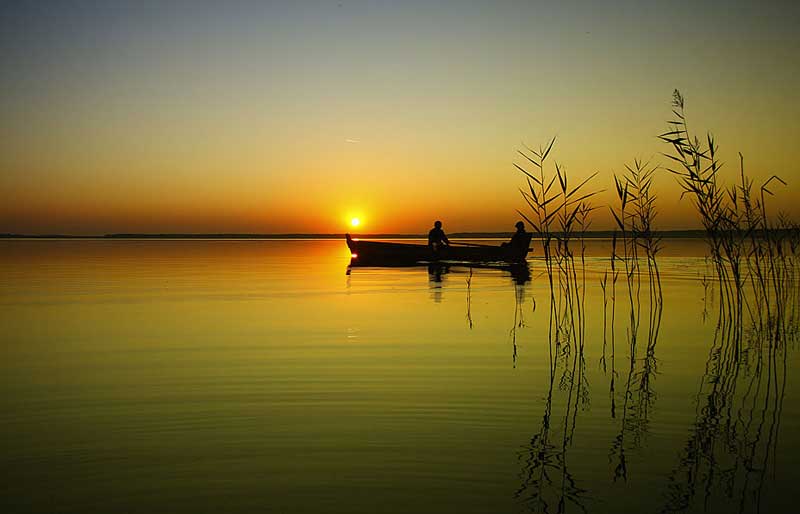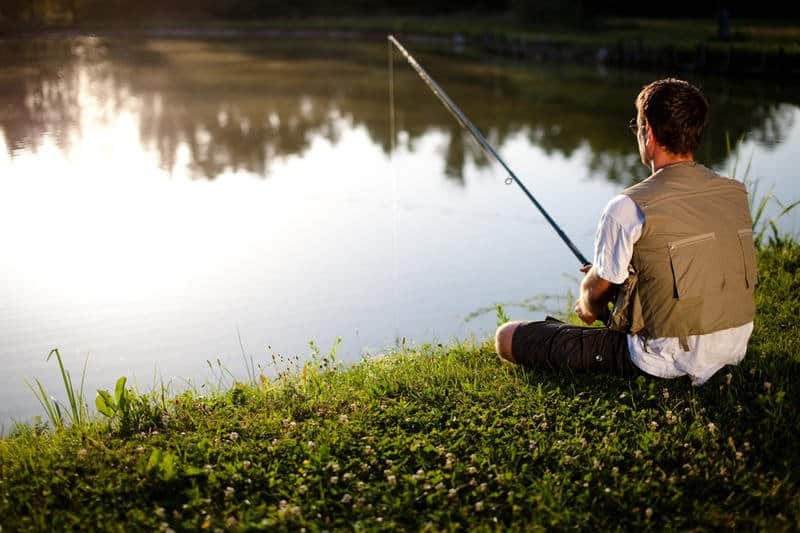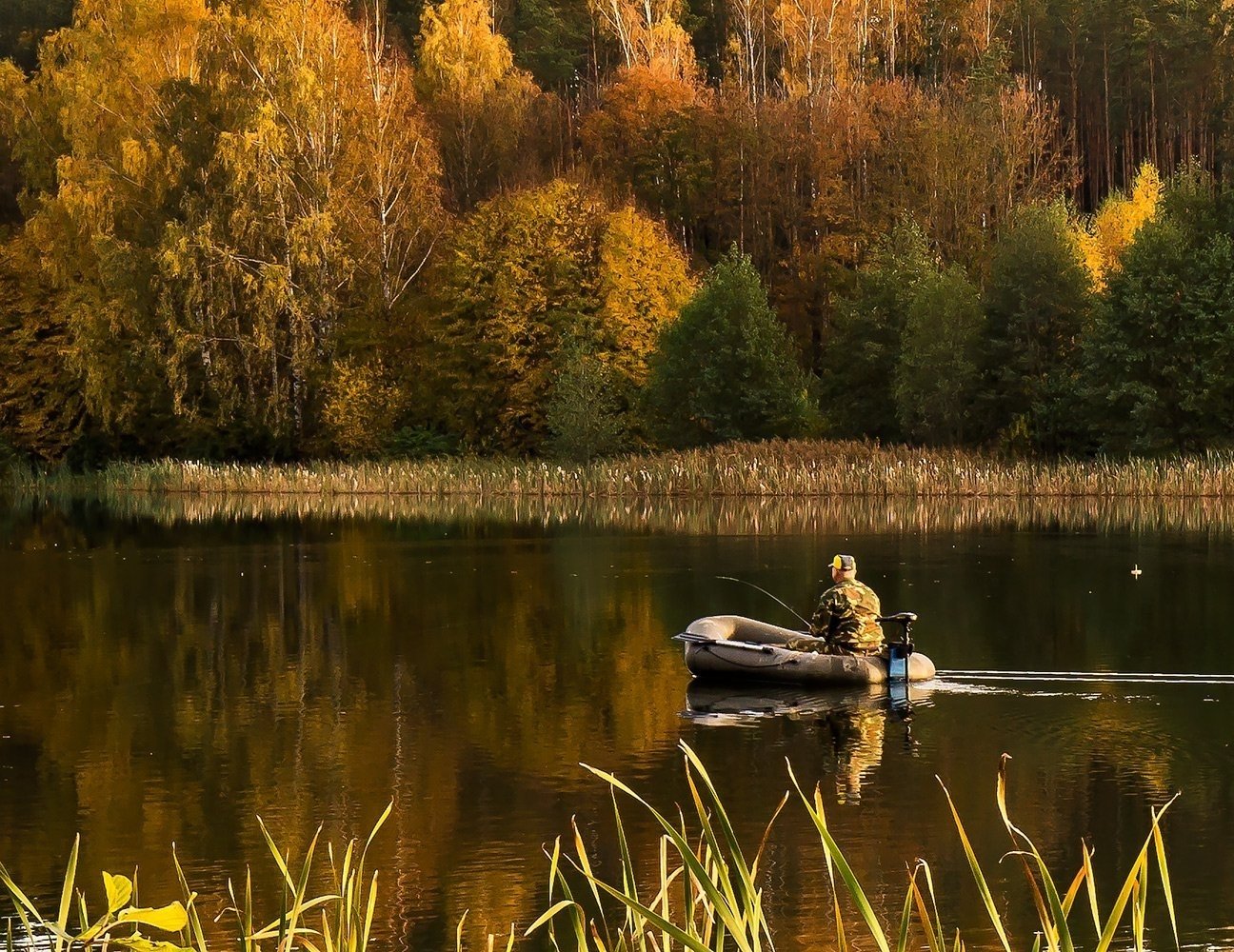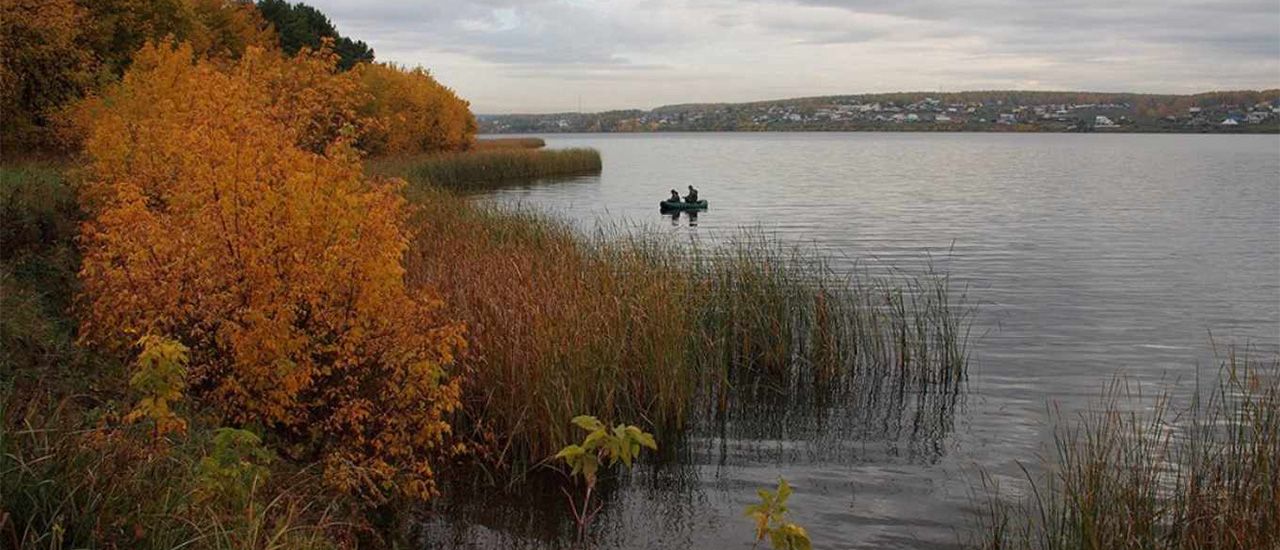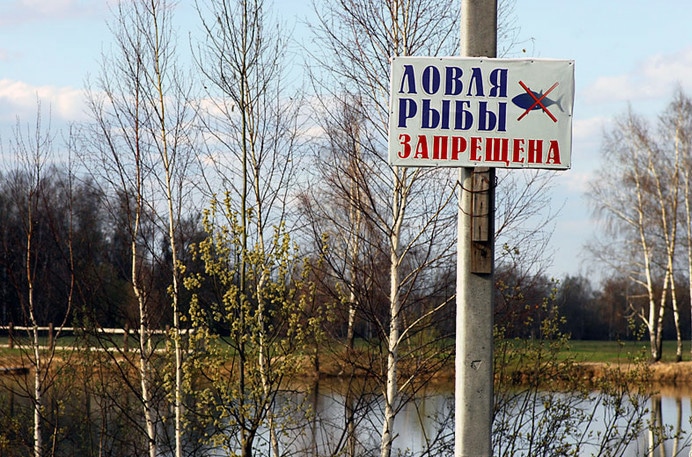Autumn is perhaps the most favorable season of the year for most fishing enthusiasts. It is in autumn, especially at the beginning, the first half of September, that almost any fishing equipment can be used to catch fish –
feeder ,
spinning rod ,
float rods, and so on. Indeed, with a decrease in temperature, the fish begins to be active and eat hard.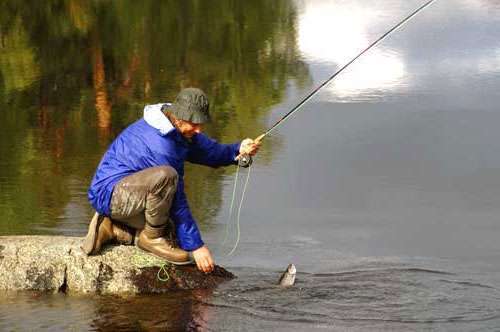
bait and bait . However,
when fishing in the fallyou should familiarize yourself with certain nuances and features of such fishing. First of all, the angler should be aware of which fish bite most actively in early autumn in September, what they bite at and what gear is best to use to catch them.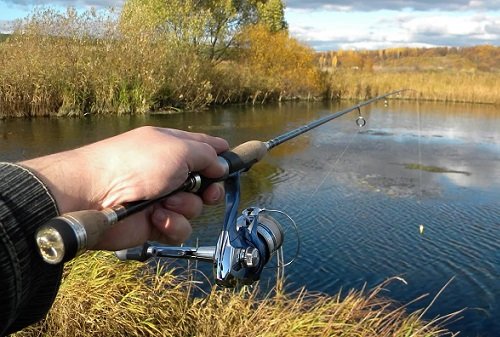
- Features of fishing in September
- What kind of fish is caught and what
- Where is the fish in September – favorite places
- What fish bite in September, what bait and tackle
- Spinning in September
- Feeder fishing in September
- Fishing in September with a float rod
- Use of donkey and live bait tackle
- Bite calendar what bites in September and for what
- Weather and its effect on biting
- Поделиться ссылкой:
Features of fishing in September
Autumn is a favorable and challenging season for anglers. After all, it is at this time of the year that the habits of the fish begin to change. In early September, most of the country is still warm, so most of the underwater inhabitants still have their summer habits and demeanor. However, with a decrease in water temperature, both taste preferences and behavior change in fish. Therefore, in order to successfully catch a worthy trophy while fishing in September and other autumn months, the angler should thoroughly, competently prepare. The main features of fishing in September include:
- The transition is in the middle and end of September, with a decrease in water temperature, underwater inhabitants to a depth. This is due to the fact that, as a rule, at depths the fish are attracted by the abundant accumulation of food resources. There are also wintering pits here.
- The fish begins to actively attack the baits of animal origin.
- The more the water temperature in the reservoirs decreases, the less activity is shown by peaceful fish.
- With the dying off of algae and a decrease in temperature, the water in reservoirs becomes transparent. Therefore, it is recommended not to use coarse rigs in the fall. In this case, it is preferable to use a thin, unobtrusive equipment for fish.
It should be noted that with the arrival of autumn, fish begins to actively migrate through the reservoir. Therefore, in this case, the angler will constantly have to change the place of his fishing. On warm, autumn days, fish tend to come closer to the coastline. When the traditional autumn weather is set outside, accompanied by heavy rainfall or light rain, then in this case, the fish swims to the depths. The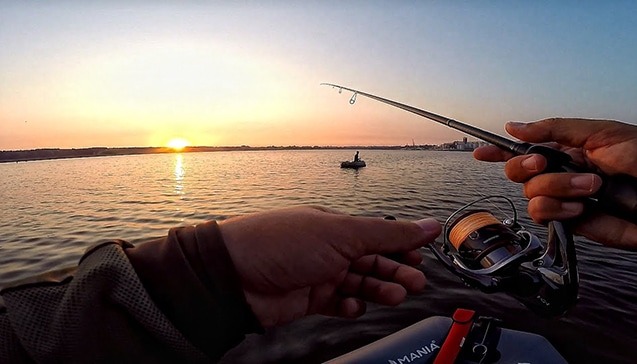
What kind of fish is caught and what
With the onset of the autumn season, especially in September, you can catch almost any fish. However, it should be noted that the behavior of underwater inhabitants changes depending on changes in water temperature. In addition, the habits of the inhabitants of reservoirs are influenced by such factors as the availability of food resources, the degree of water transparency, and so on. In autumn, you can successfully fish such fish as:
- Crucian carp . For successful fishing in September for crucian carp, you can use a float rod . In early September, he lives near the coastline, in places that are abundantly covered with underwater vegetation. To catch this fish in the fall, it is recommended to use baits of animal origin ( bloodworm , worm , maggot ).
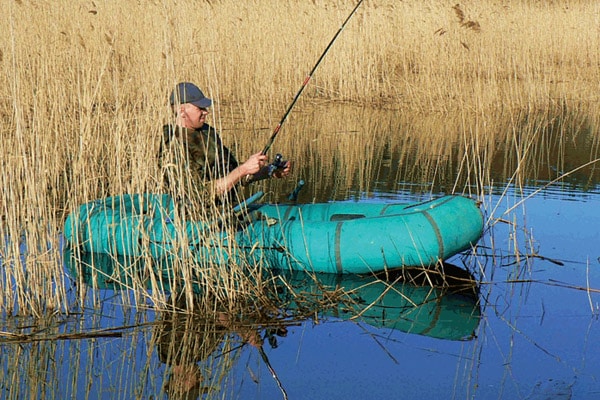
- Bream . It is most active in the morning or in the evening. In autumn, it concentrates on areas of the reservoir where there are large pits or silt. To catch this fish, it is recommended to use bait and attachments of animal origin (bloodworms, worms). You can also use a trowel to catch him.
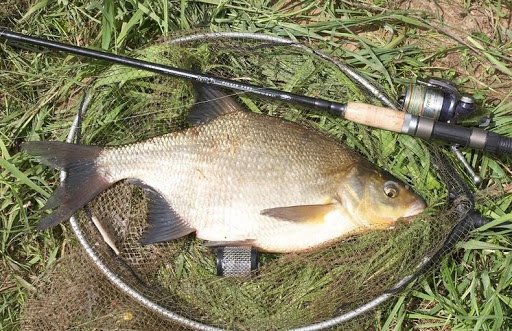
- Guster . The best time to catch this underwater creature is autumn. As a rule, at the beginning of autumn, this fish begins to flock and migrate to greater depths, where there is a muddy bottom.
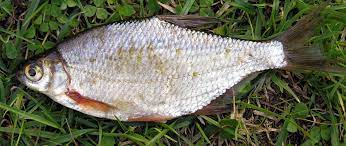
- Carp . Good for feeder gear . Pecks best in September and early October. To catch it, it is preferable to use large worms.
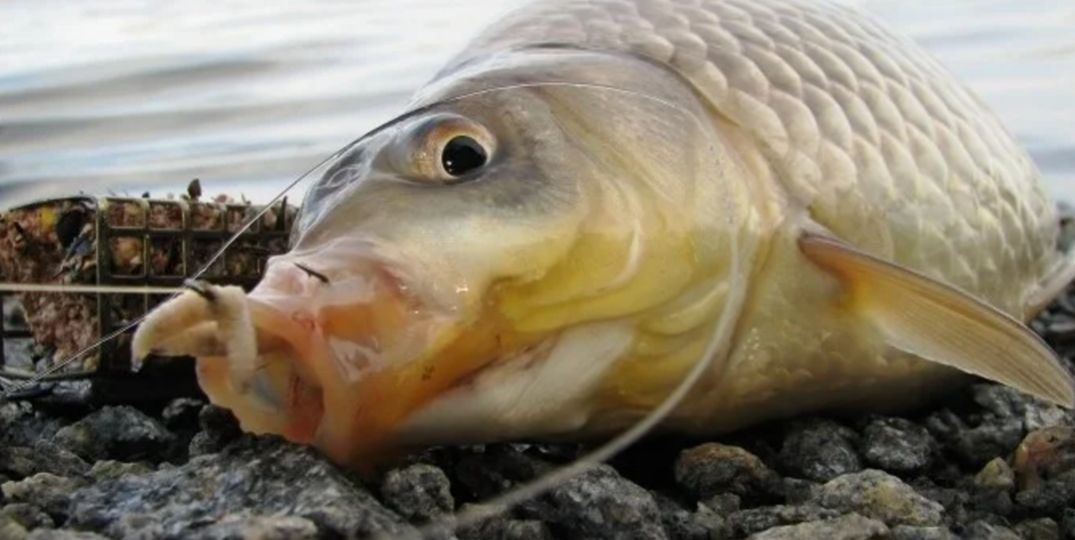
- Perch . With the arrival of autumn, the perch begins to eat and actively search for food. To catch this underwater inhabitant, it is recommended to use a spinning rod and small artificial baits . Silicone worms and twisters, spinners and wobblers.

- Burbot . Shows increased activity at the end of autumn , in September the burbot is not yet so active and it is more difficult to catch it. To catch him, it is recommended to go fishing at night. Small frogs or live bait are used as bait.
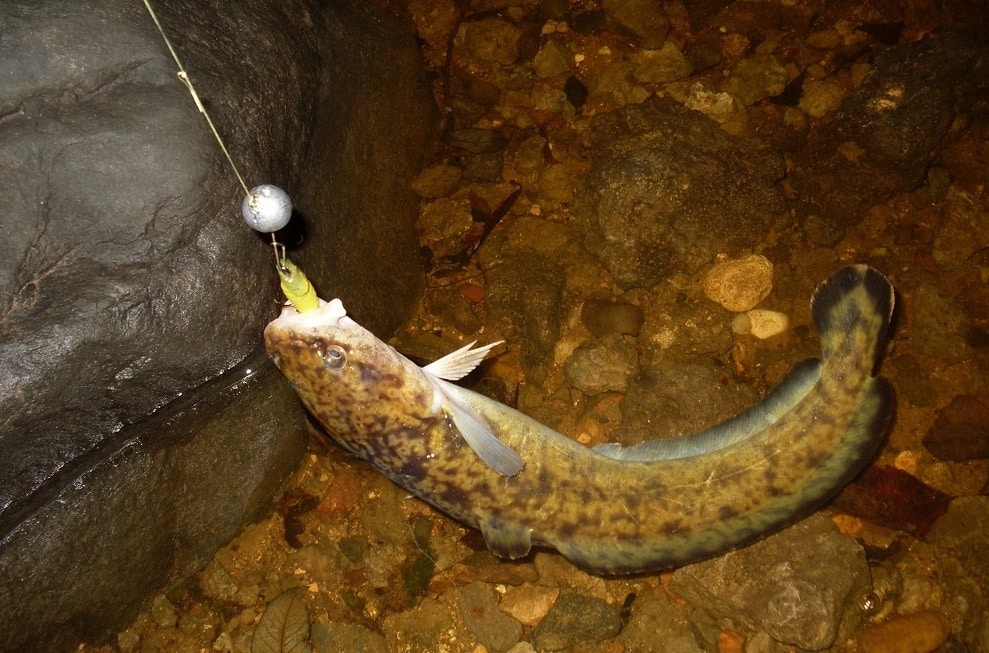
- Roach . With the arrival of autumn, it focuses on those parts of the reservoir where there are driftwood or tree plantations. It actively bites on such animal baits as a worm, bloodworm, maggot.

pike and pike perch. With the arrival of autumn, pike perch is active almost throughout the day. He actively attacks animal baits, as well as artificial ones. To catch it, it is recommended to use a jig and use stepped wiring.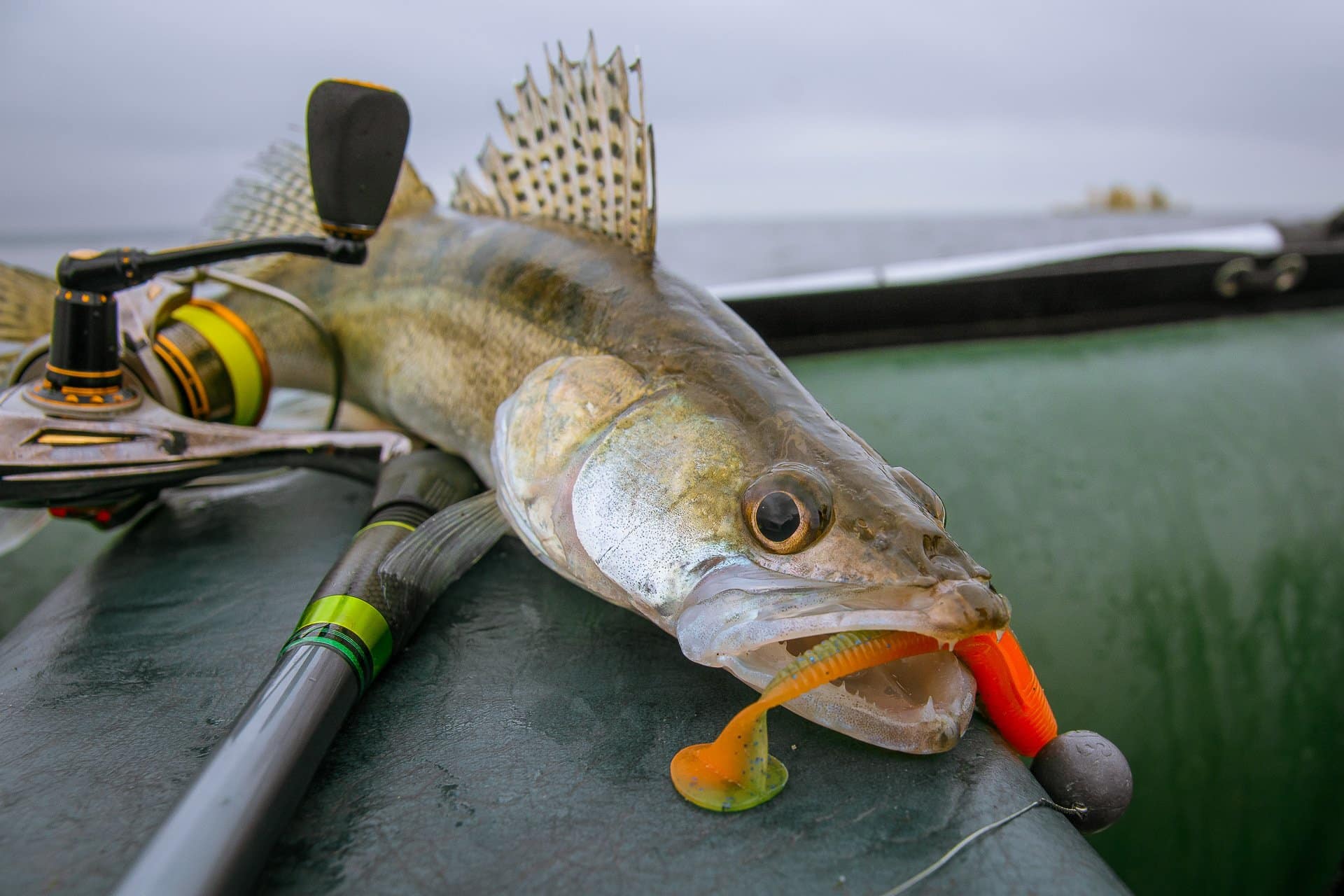

Where is the fish in September – favorite places
With the arrival of autumn, the habits of underwater inhabitants begin to change gradually. Due to the fact that the water temperature decreases in water bodies, and it becomes more transparent. In addition, with a decrease in temperature, the food supply for fish decreases. It is for this reason that, in the fall, it begins to migrate, constantly change its sites and, as a rule, go to great depths. Therefore, in order to successfully catch fish in the fall, anglers should constantly change their fishing tactics. It is not recommended to fish in the same place and use the same bait. To obtain a good result, you should constantly change the places of fishing, and search for fish in those parts of the reservoir where there is an accumulation of snags, rifts and holes next to each other, coastal and channel edges.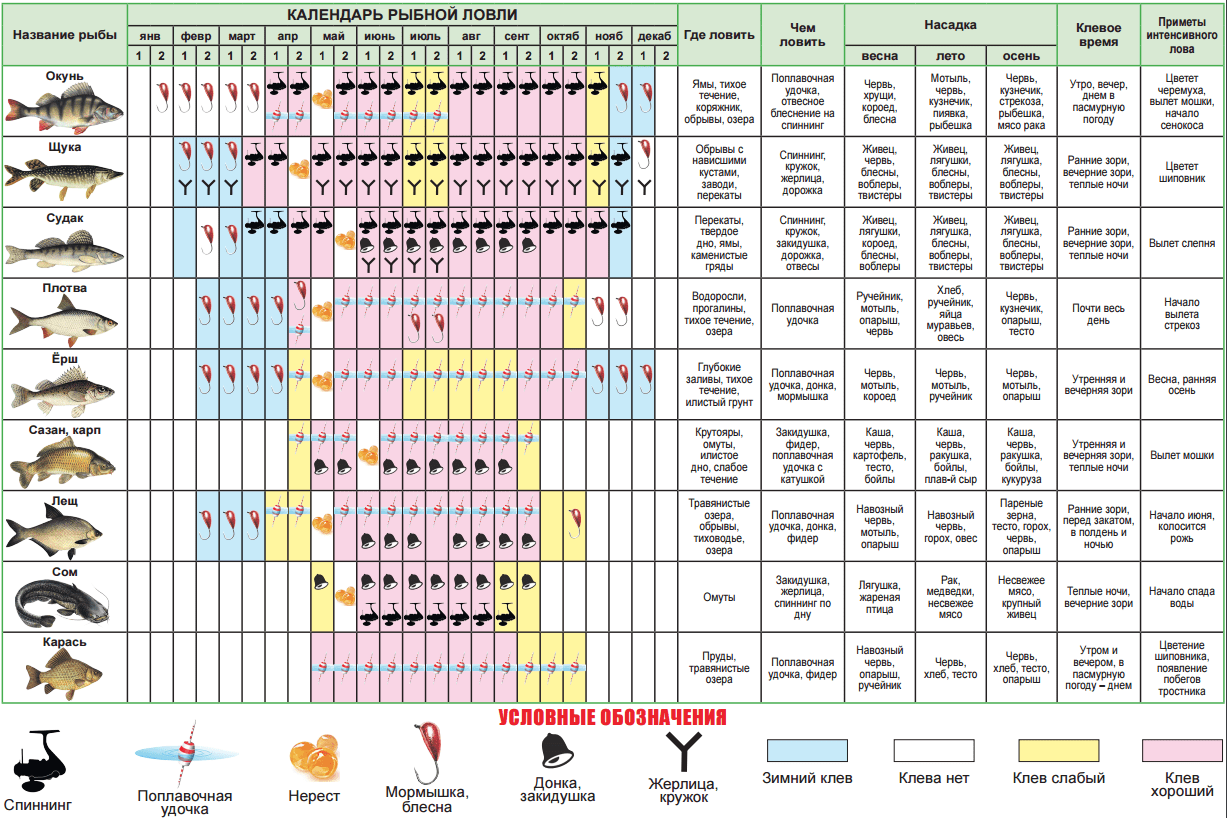
What fish bite in September, what bait and tackle
To catch predatory fish in the fall, it is best to use a spinning rod. For fishing peace-loving fish, in early and mid-autumn, if the weather is warm, mild, you can use summer equipment, but thinner and more delicate. On a note! In the fall, it is recommended to frequently replace baits during fishing. It is best to use animal baits at this time of year. In September, it is worth using a bloodworm, maggot or worm to catch peace-loving fish. To catch predatory fish, you should use live bait or spinning baits.
Spinning in September
Most often, the spinning rod is used in the fall to catch predatory fish such as pike, pike perch and perch. Most anglers use spinning rods, the length of which is about 2.1-2.6 meters. For jig fishing, it is recommended to use fast and medium fast action blanks; when using wobblers, it is better to use spinning rods with fast and extra fast action. More details on how to choose a spinning rod for fishing pike: https://tytkleva.net/lovlya-xishhnoj-ryby/spinning/komplektuyushhie-i-montazh/kak-vybrat-spinning-na-shhuku.htm Choosing a blank for fishing with wobblers : https://tytkleva.net/lovlya-xishhnoj-ryby/spinning/komplektuyushhie-i-montazh/spinning-dlya-tvichinga.htm And for fishing with jig lures: https://tytkleva.net/lovlya-xishhnoj-ryby / spinning / komplektuyushhie-i-montazh / spinning-dlya-dzhiga.htm It is recommended to use a braided line of 0.12-0.18 mm and a metal leash for rigging a spinning rod, if the main object of fishing is pike. Using
wobblers minnow spinning is preferable to equip with a twisted string. The reel is a non-spinning Shimano size 2500-3000. https://tytkleva.net/lovlya-xishhnoj-ryby/spinning/komplektuyushhie-i-montazh/kak-vybrat-katushku-dlya-spinninga.htm
Feeder fishing in September
In early shade, you can use a feeder to catch bream, roach, crucian carp, as well as carp. It should be noted that the autumn fishing involves the use of fine and sensitive rigs. Indeed, with a decrease in water temperature, the fish becomes less active and in the case of a successful hooking does not show such zealous resistance as, for example, in summer. In addition, the water becomes clearer in autumn and in this case, rough rigging will be more noticeable.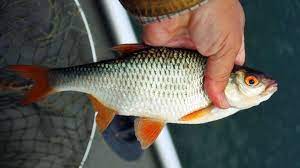
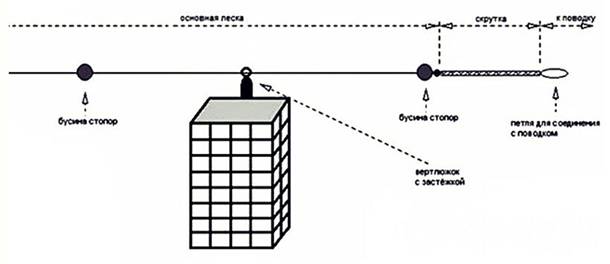
On a note! In autumn, it is recommended to use a braided cord instead of a mono line. This is due to the fact that it has a higher level of sensitivity. For fishing on bodies of water with a current, it is preferable to use a metal cage feeder.
Fishing in September with a float rod
The tactics of fishing in September with a float rod is the same as in the summer. With a decrease in ambient temperature, both the fishing tactics and the equipment used should be changed. In autumn, it is recommended to equip the float rod with small hooks and thin fishing line. The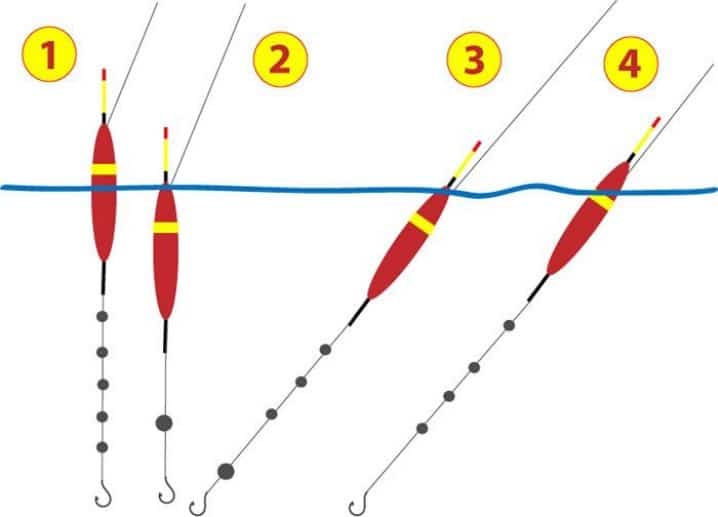 float tackle equipment in September is suitable for catching other cautious fish – roach, silver bream and others [/ caption] In the case of fishing on rivers and large bodies of water, in order to be able to make long casts, it is recommended to equip the fishing rod with heavy floats, weighing 3 grams or more. Therefore, in this case, a plug match is perfect as a rod.
float tackle equipment in September is suitable for catching other cautious fish – roach, silver bream and others [/ caption] In the case of fishing on rivers and large bodies of water, in order to be able to make long casts, it is recommended to equip the fishing rod with heavy floats, weighing 3 grams or more. Therefore, in this case, a plug match is perfect as a rod.
or the so-called telescopic boloness.
On a note! For successful catching of fish in small bodies of water, it is recommended to use a plug or fly rods equipped with a thin line and small hooks (No. 3-4). In this case, it is recommended to equip the fishing rod with a light float, weighing up to 0.5 grams.
Use of donkey and live bait tackle
In autumn, the donka is perfect for catching chub, yazyakaras, carp, pike,
burbot , bream. You can successfully fish with any type of such equipment. Only baits and baits change. For a predatory fish, this is a fry, a frog, a bunch of worms. For the peaceful – bloodworm, worm, peas, corn. The bottom tackle can be quickly made from a feeder or spinning rod. In the autumn season, the donka is used with and without a feeder. As a rule, a feeder is used when fishing for peaceful fish, to attract it directly to the very place of fishing. When fishing for pike or burbot, feeders are usually not used.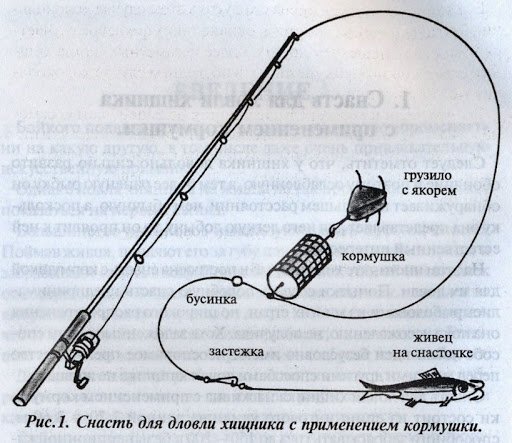
, mugs are actively used… By the type of their equipment, they are drifting, as well as stationary. Drifting circles are used to catch passive predators, mainly in the summer. Stationary circles are mainly used in autumn to catch pike, which is actively looking for prey and fattening before wintering. Live bait is used as a nozzle for circles.
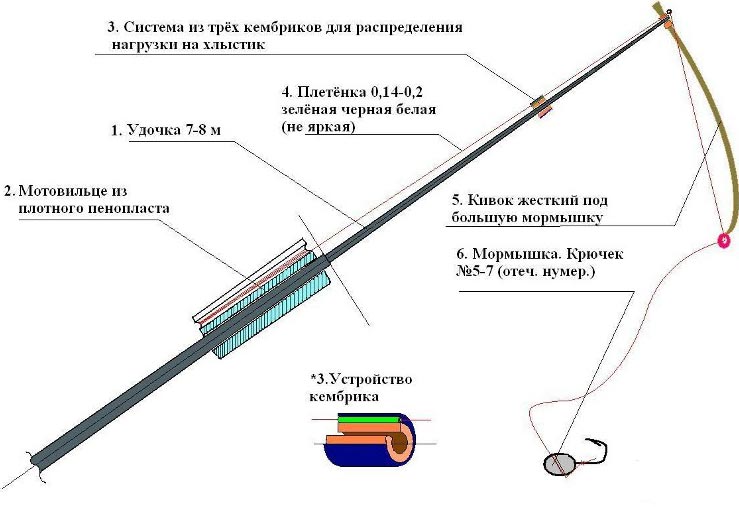
rotan-0.10-0.12 mm; crucian carp – 0.12-0.14 mm; carp – 0.16-0.20 mm).
Bite calendar what bites in September and for what
| Fish name | September | End of September – October | November |
| Bersh | Throughout the month, there is an average level of | Throughout the month, there is a high level of | In the first half of the month, there is a high bite, in the second half – an average |
| Vobla | In the first half, there is a poor bite, in the second half – an average | In the first half of the month there is an average bite, in the second half – a bad one. | In the first half of the month there is a bad bite, in the second half of the month there is no bite |
| Chub | In the first half of the month there is an average bite, in the second – a high one. | In the first half of the month there is an average activity of fish, in the second half – a poor | In the first half of the month there is a bad bite, in the second – there is no bite |
| Guster | The whole month the bite is high | The whole month the bite is high | The bite is good all month |
| Asp | The bite is good all month | The bite is good all month | The whole month the bite is bad |
| Carp | In the first half of the month there is an average bite, in the second – a high one. | In the first half of the month, there is a high bite, in the second half – an average | In the first half of the month there is a bad bite, in the second half – there is practically no bite |
| Rudd | In the first half of the month there is an average bite, in the second – a high one. | In the first half of the month, there is a high bite, in the second half – an average | Poor bite rate all month |
| Bream | The bite level is high all month | In the first half of the month, there is a high bite, in the second half – an average | The bite level is average all month |
| Tench | Average bite all month | Bad bite all month | Does not bite |
| Perch | The whole month is average | All month high | In the first half of the month, there is a high bite, in the second half – an average |
| Roach | Average activity is observed in the first half of the month, high in the second. | There is a high level of bite | Average |
| Carp | In the first half of the month, there is a high bite, in the second half – an average | In the first half of the month there is an average bite, in the second half – a bad one. | In the first half of the month there is a bad bite, in the second half it is absent |
| Sinets | In the first half of the month there is an average bite, in the second – a high one. | In the first half of the month, there is a high bite, in the second half – an average | Average |
| Catfish | High | Average | Average |
| Zander | In the first half of the month there is an average bite, in the second – a high one. | In the first half of the month, there is a high bite, in the second half – an average | In the first half of the month there is an average bite, in the second half – a bad one. |
| Chekhon | Average | In the first half of the month there is an average bite, in the second half – a bad one. | In the first half of the month there is a bad bite, in the second half it is absent |
| Pike | High | The fish is active, the bite is high | In the first half of the month, there is a high activity of fish, in the second half – an average |
| Ide | In the first half there is an average bite, in the second half – a high | In the first half there is a high bite, in the second half – medium | Bad |
What fish bite in September and what is better to catch in early autumn: https://youtu.be/eQt_tNmC3a0 Biting calendar: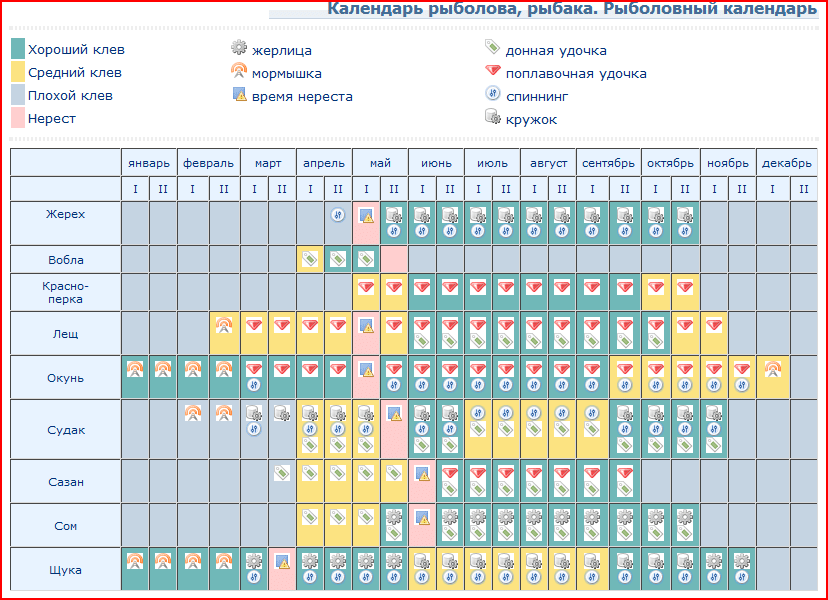
Weather and its effect on biting
The result of an autumn fishing is highly dependent on the weather conditions. For example, fishing will be most effective when stable, cloudy, practically calm weather prevails on the street. In addition, the activity of underwater inhabitants can significantly increase with the onset of warm, windless weather, which replaced the prolonged, prolonged coolness.
